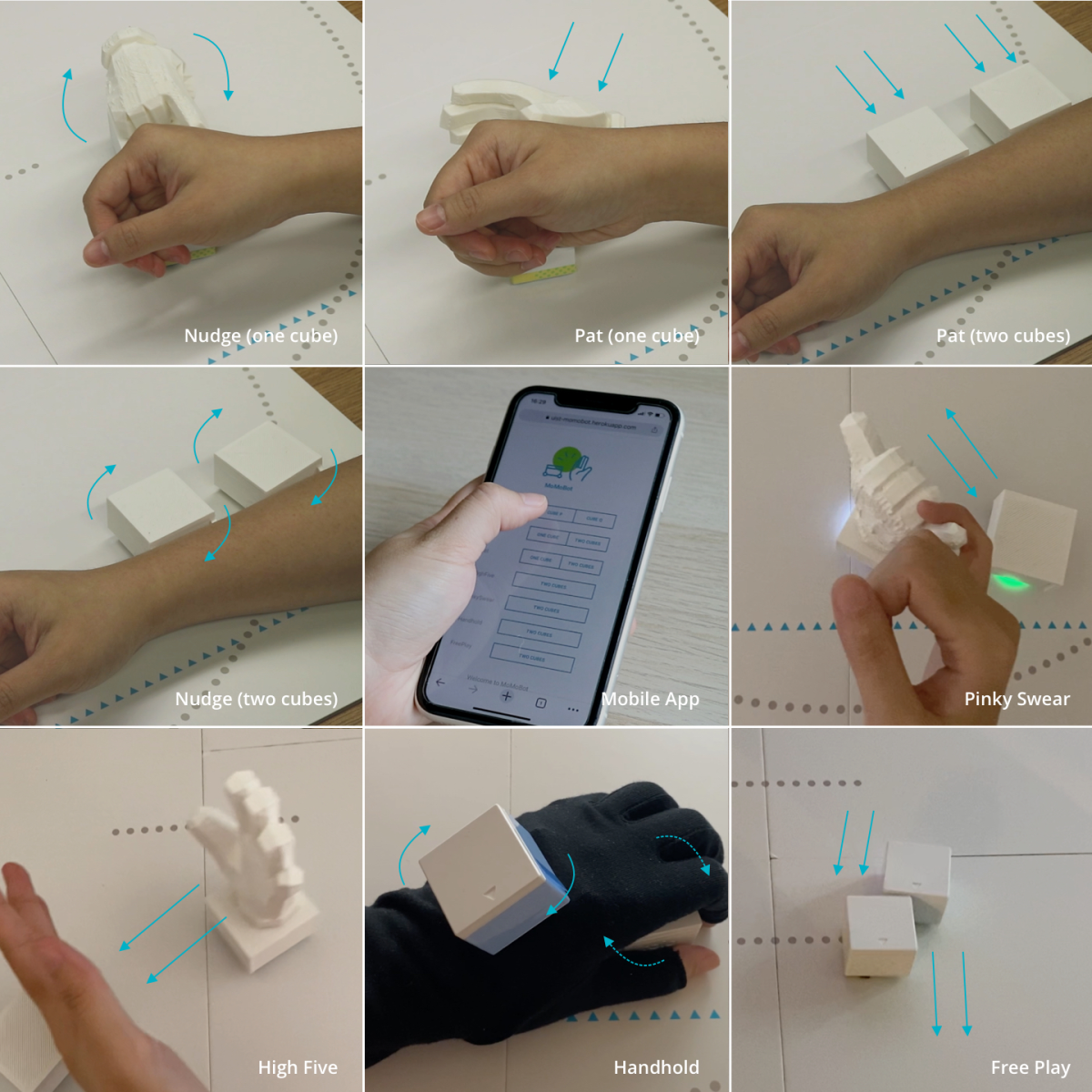GroupLens students succeed in UIST 2021 SIC Challenge

Congratulations to CS&E Ph.D. students Irene Ye Yuan and Georgie Qiao Jin for receiving the “Best Toio Award” at this year’s ACM Symposium on User Interface Software and Technology (UIST).
Every year, UIST hosts a Student Innovation Contest, which allows students to explore how novel input, interaction, actuation, and output technologies can augment interactive experiences. For 2021, students were asked to design and implement a new interactive tangible system using the toio™ platform.
Yuan and Jin developed a concept called MoMoBot, which used the toio™ to support remote social communication and connection. MoMoBot serves as a communication medium between people at a distance, aiming to enrich the social interactions between distributed friends and family members by providing a variety of ambient awareness and social cues.
“The challenge was a good opportunity for us to shine with different types of creative ideas,” shared Jin. “We are both interested in the toio™ robots and think there is potential to design a new interactive system using its platform.”
“We actually brainstormed three different ideas in the initial stage,” she continued. “After discussion with our advisor [CS&E associate professor Lana Yarosh], we decided that social robots were the most interesting concept and could expand to a variety of scenarios.”
The students designed interactions based on common in-person social practices between family members and friends using haptics, tangible interactions, and wearable add-ons. They also included a diverse range of social interactions, including symbolic social touch (e.g. nudge), affection (e.g. hand hold), and playful affection (e.g. high five).
Irene Ye Yuan is a Ph.D. candidate in the GroupLens Lab. Her research focuses on human computer interaction (HCI) and computer-supported cooperative work.
Georgie Qiao Jin is a third-year Ph.D. student with GroupLens. She is currently interested in the interaction of augmented reality, virtual reality, and mixed reality (AR/VR/MR) and social computing.